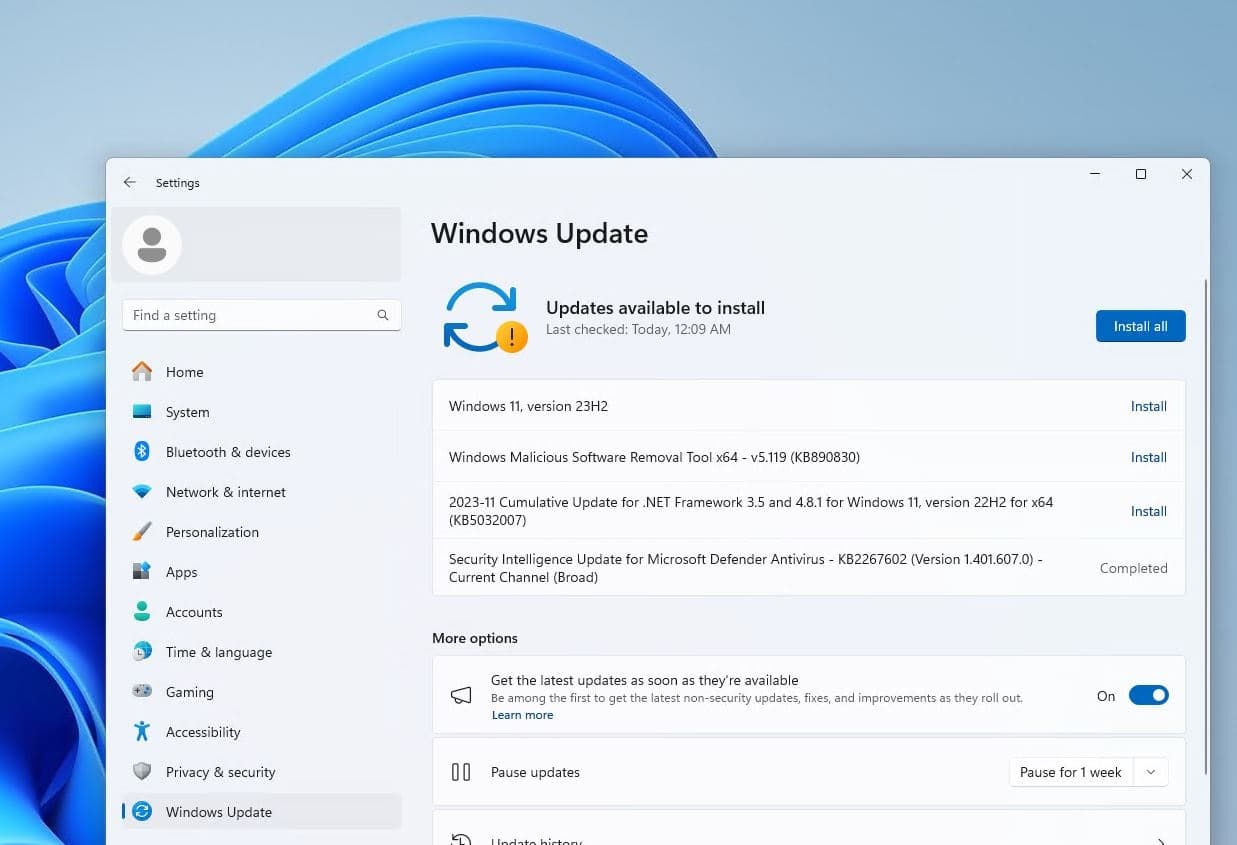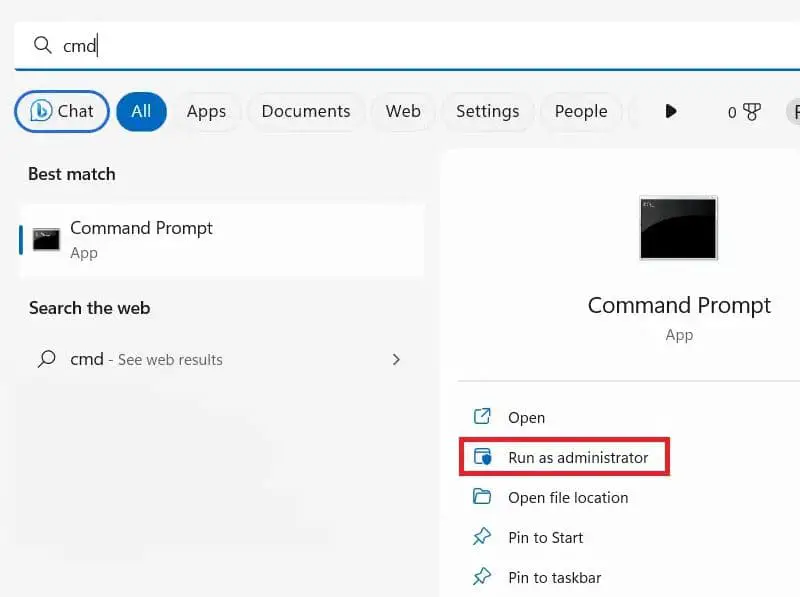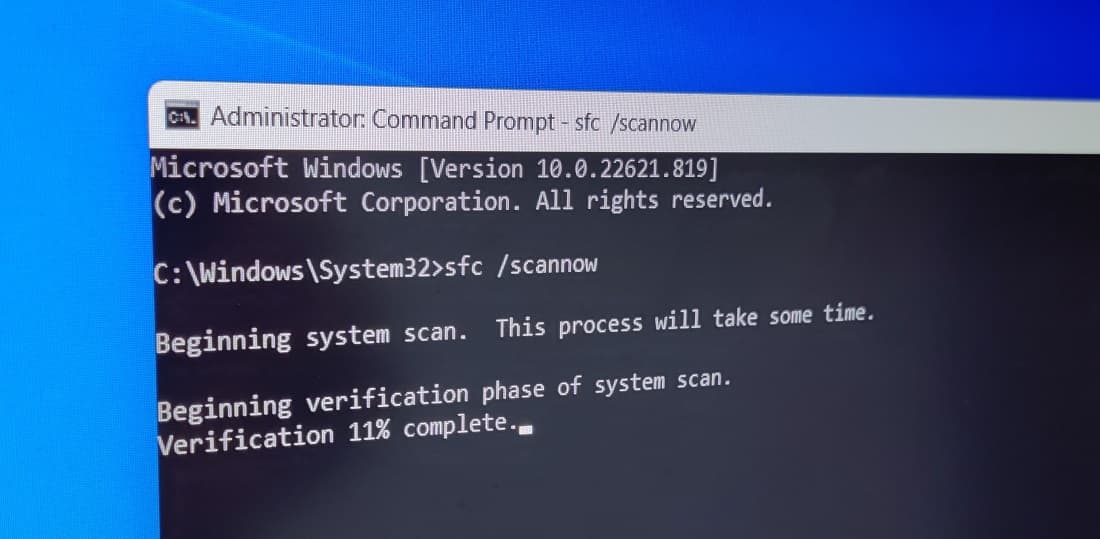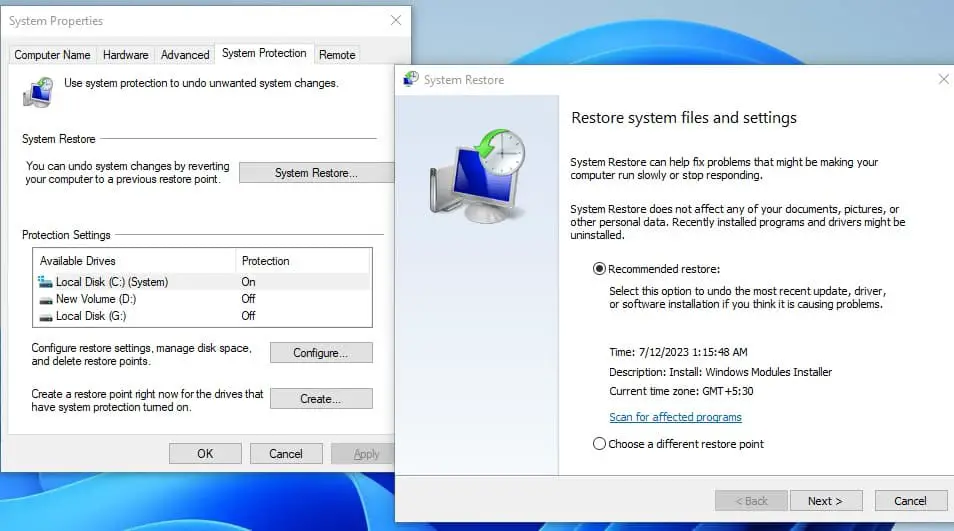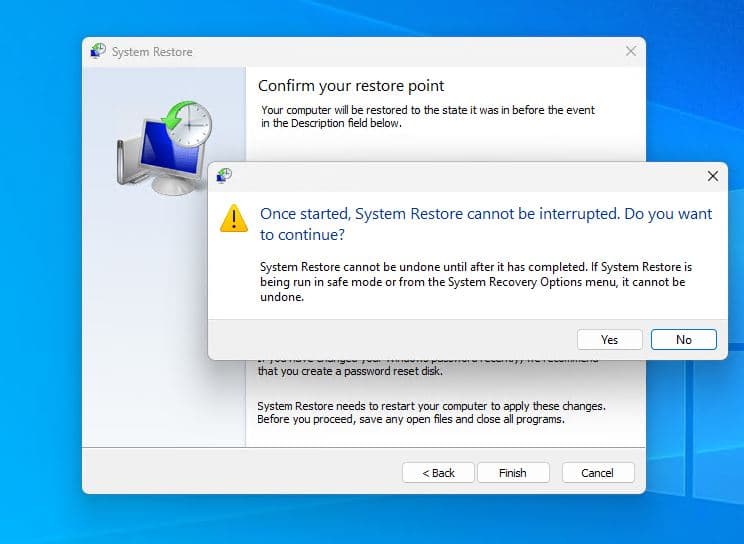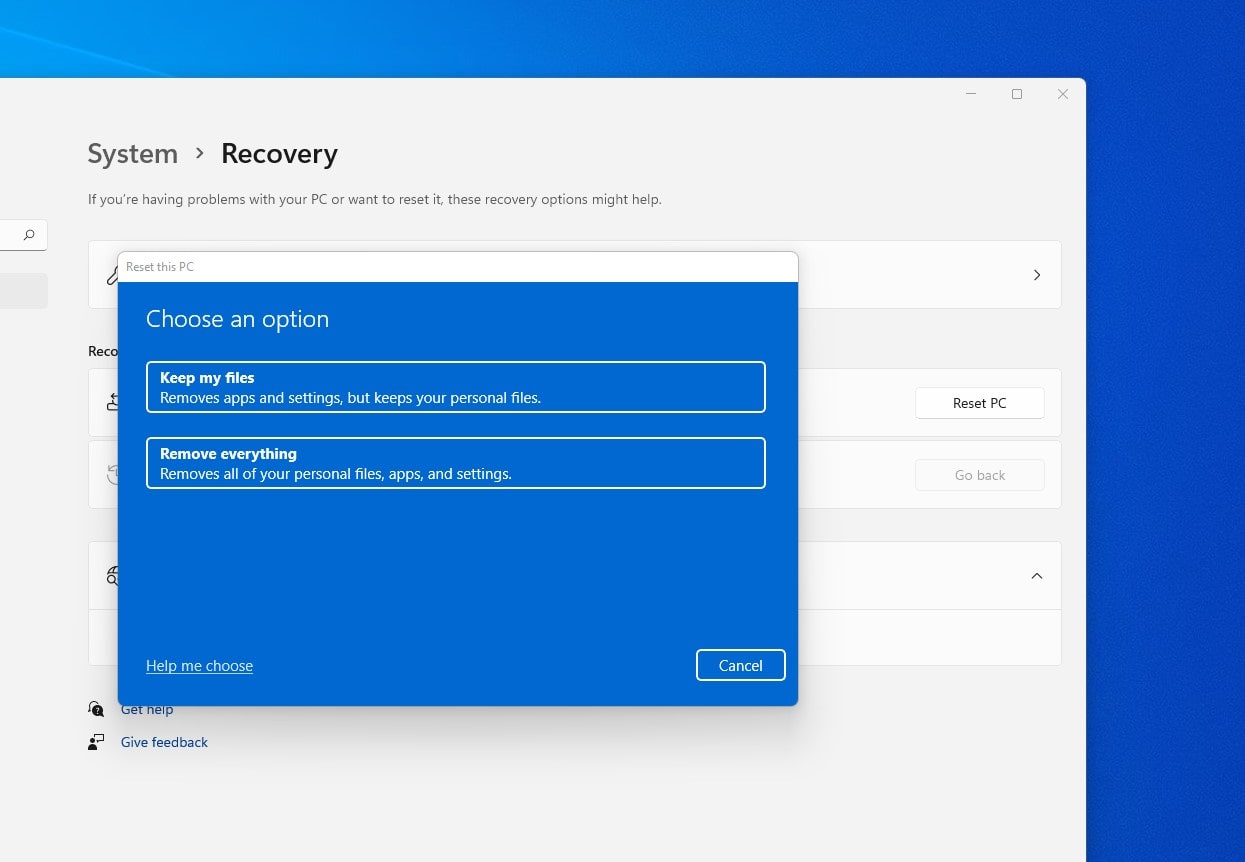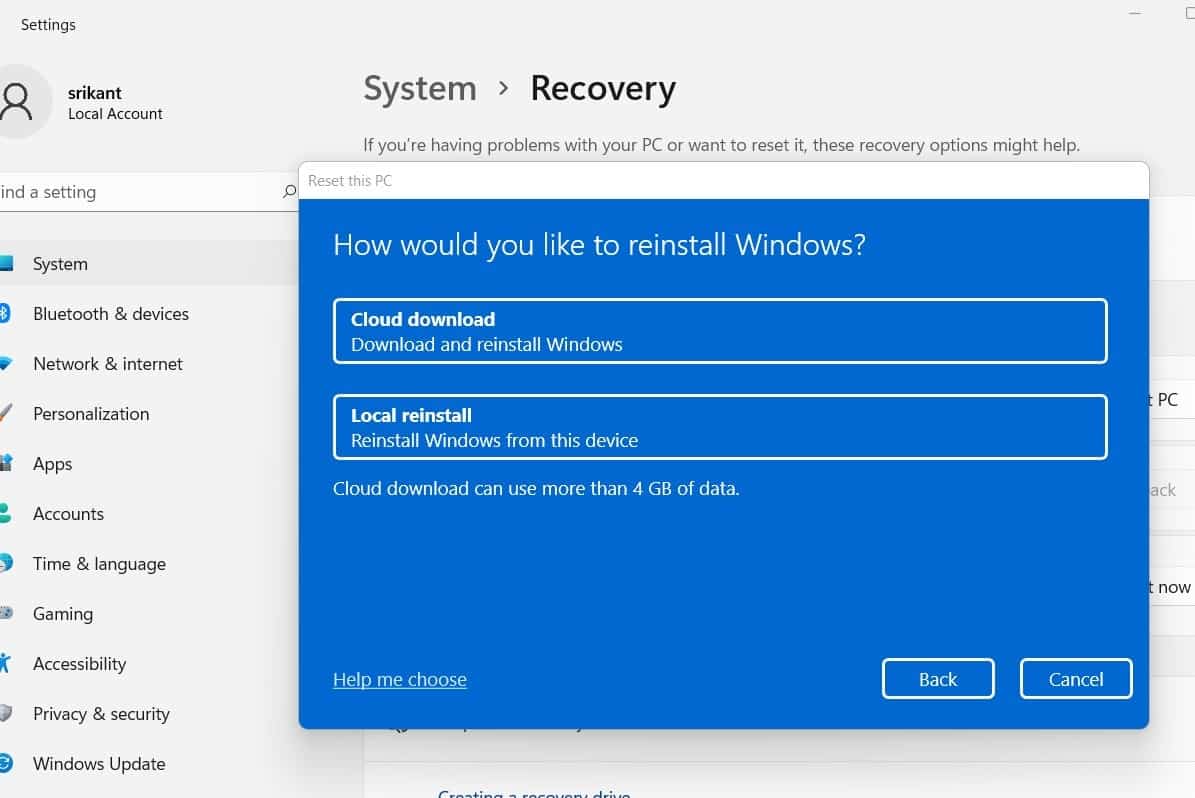If for some reason, the Windows 11 installation gets corrupted or system files missing you may encounter problems where Windows 11 freezes or not respond, Frequent blue screens, black screens at startup etc. Outdated Windows versions or drivers, corrupt system files, Windows update failure or malicious software installation are common reasons for this problem. If you are also experiencing such problems on your system here is how to Repair Windows 11 installation without losing data, ensuring your system runs smoothly again.
How to Repair Windows 11 Installation
Windows 11 Slow Performance, Frequent Crashes, or Blue Screens of Death (BSOD) are clear indicators of underlying system problems that need to be repaired. Windows 10 and 11 include built-in tools such as the system file checker utility, DISM restore health command or CHKDSK utility to repair and maintain Windows 11 system health. Also installing the latest Windows updates are one of the few effective ways to replace corrupt Windows 11 file with the correct one. There is Reset This PC option to reset the Windows 11 installation default, which re-downloads a fresh copy of Windows from the Microsoft server and performs an in-place upgrade.
Note: Before making any significant changes to your system, it’s recommended to back up your important files to prevent any potential data loss.
Update windows 11
Microsoft regularly updates Windows 10 to improve security, fix bugs, enhance features, and provide overall better performance for users. Installing Windows updates ensures compatibility with new hardware and software. Keeping the operating system up-to-date with the latest technologies and industry standards is one of the very first steps to prevent bugs and system corruption.
This can resolve some issues caused by outdated or vulnerable components.
- Press Windows key + I to open the settings app
- Go to Windows update, Click on Check for updates
- Allow download and install if new updates are available,
Note: If any optional updates are available you need to manually click on the downlaod and install option
- Once done reboot your computer to apply the changes.
Run system file checker utility
Corrupt system files are the most common reason for a malfunctioning or corrupted Windows installation and that need to be repaired as soon as possible. You can use the built-in System File Checker (SFC) tool provided by Microsoft is specifically designed to scan and repair corrupted or missing system files on Windows 10.
- Press Windows key + S, type cmd, and select run as administrator.
- Click Yes when it prompts for permission to open an elevated command prompt.
- Now type the command sfc /scannow and press the enter key,
The SFC tool will begin scanning for and repairing corrupted system files in Windows. It helps maintain system stability and integrity by replacing problematic files with correct versions from a cached copy or the original installation source.
Let the scanning complete 100%, It may take some time, so be patient. Once done you need to restart your computer to apply the changes.
DISM RestoreHealth command
If SFC fails to repair a corrupt Windows installation or sfc scan results Windows Resource Protection finds corrupt files but is unable to fix some of them. You can run the DISM (Deployment Image Service and Management Tool) to repair and prepare Windows images and potentially resolve the issue. The “DISM RestoreHealth” command specifically helps repair a corrupted Windows image by restoring it to a healthy state.
Again open the command prompt as administrator, to do so, press Windows key + S, type cmd, and select run as administrator,
Run DISM command, DISM /online /cleanup-image /RestoreHealth
DISM includes several diagnostic features which can determine whether or not corruption exists and if the damage is repairable.
This will start scanning the Windows image for integrity issues and attempt to fix any problems it finds. DISM attempts to repair the Windows installation using Windows Update. It connects to Microsoft servers to download clean and updated versions of corrupted files.
If the online repair is unsuccessful you can specify an alternative source, DISM can use local files or a Windows installation media (like a DVD or USB drive) to replace the corrupted files.
System Restore Windows 11
Performing a system restore can indeed help repair Windows 11 installation, especially when you are experiencing issues caused by recent changes such as software installation or updates. System Restore allows you to revert your system to a previous state, effectively undoing recent changes help fix various issues, including those that may have arisen from software installations, updates, or other system changes.
- Press the Windows key + S, Type “System Restore” in the Windows search bar and select “Create a restore point” from the results.
- Click the “System Restore” button to open the System Restore Wizard.
- Click “Next” to view a list of available restore points. Select a point that predates the issues you’re experiencing.
- Confirm your selection and click “Finish” to begin the restoration process.
Once the process is complete, your system will restart again. Check if the issues have been resolved.
Reset Windows 11 Default
Resetting Windows 11 to its default settings can help fix or repair a corrupt Windows installation. This process essentially reinstalls the operating system while keeping personal files, settings, and applications intact. It replaces system files and settings with clean, original versions, effectively resolving many types of software-related issues, including corruption.
Note: Make sure to back up important data before initiating a reset, as it will remove installed programs and any system customizations.
- Press the Windows key + X and select settings
- Go to the system then Recovery, next to “Reset this PC,” click “Reset PC” option.
- Keep my files: This option reinstalls Windows 11, but keeps your personal files, settings, and applications intact.
- Remove everything: This option reinstalls Windows 11 and removes all your personal files, settings, and applications. Make sure to back up important data before choosing this option.
- Select the first option to repair the Windows 11 installation without losing data. Next, click on Local Reinstall and follow the on-screen instructions.
The reset process may take some time, depending on your system’s specifications.
Once the reset is complete, you’ll need to go through the initial Windows setup process, including creating or signing in with a Microsoft account, choosing settings, and so on.
Also read:

